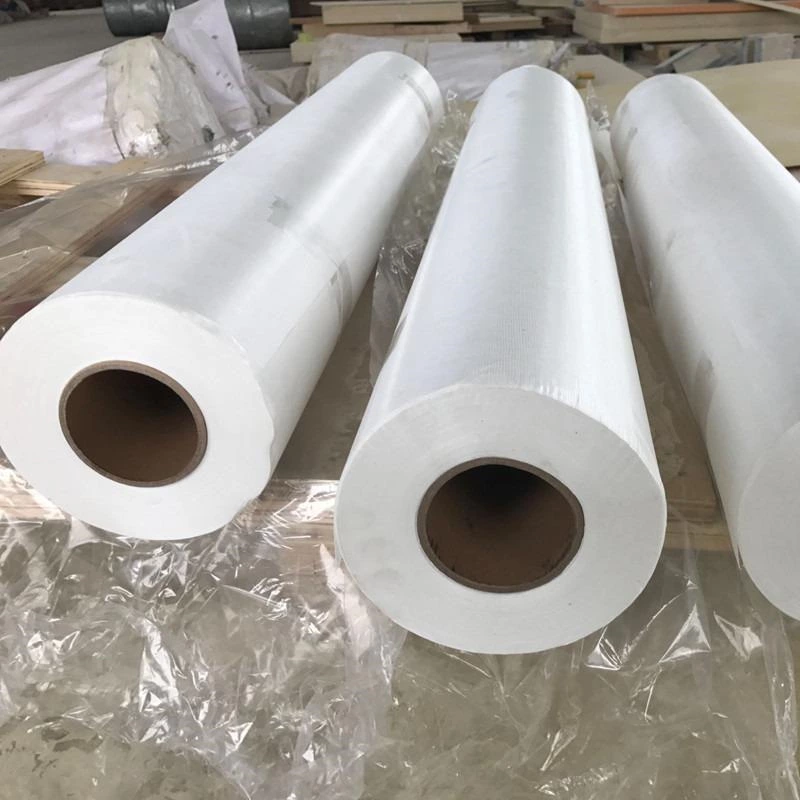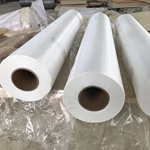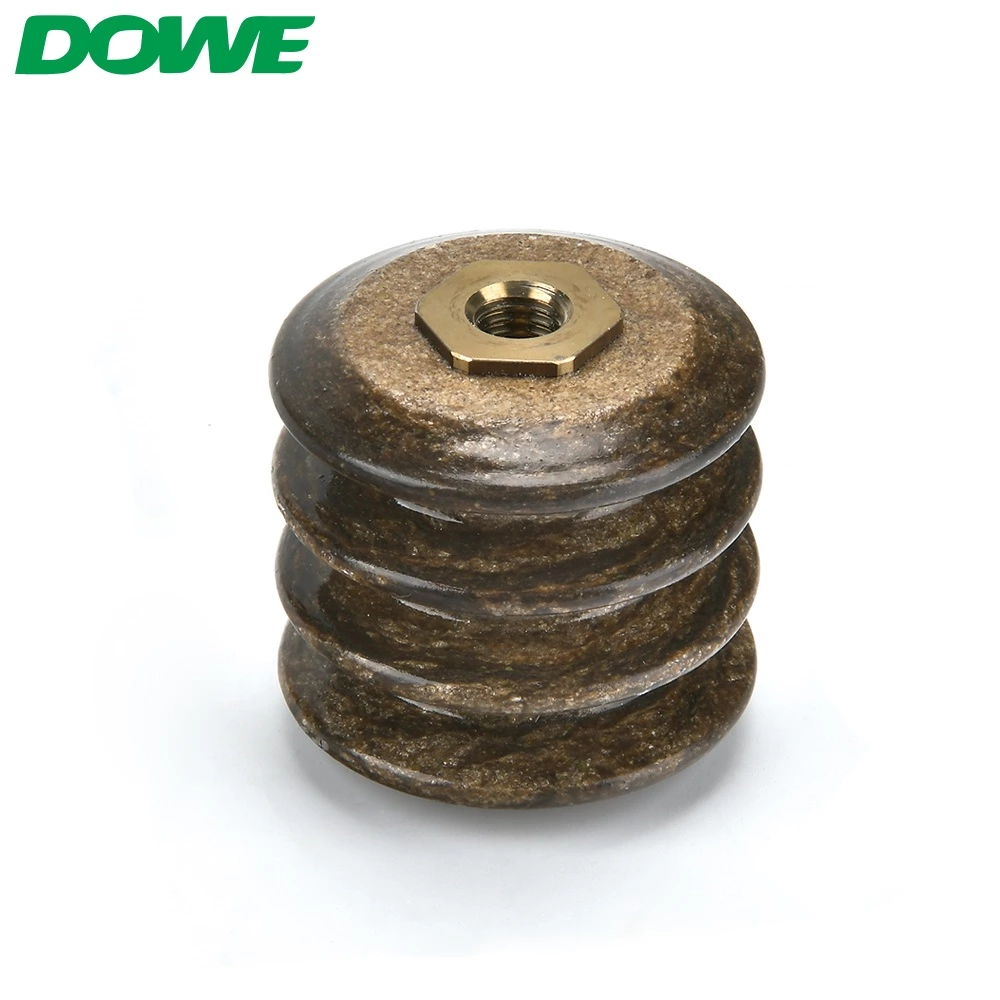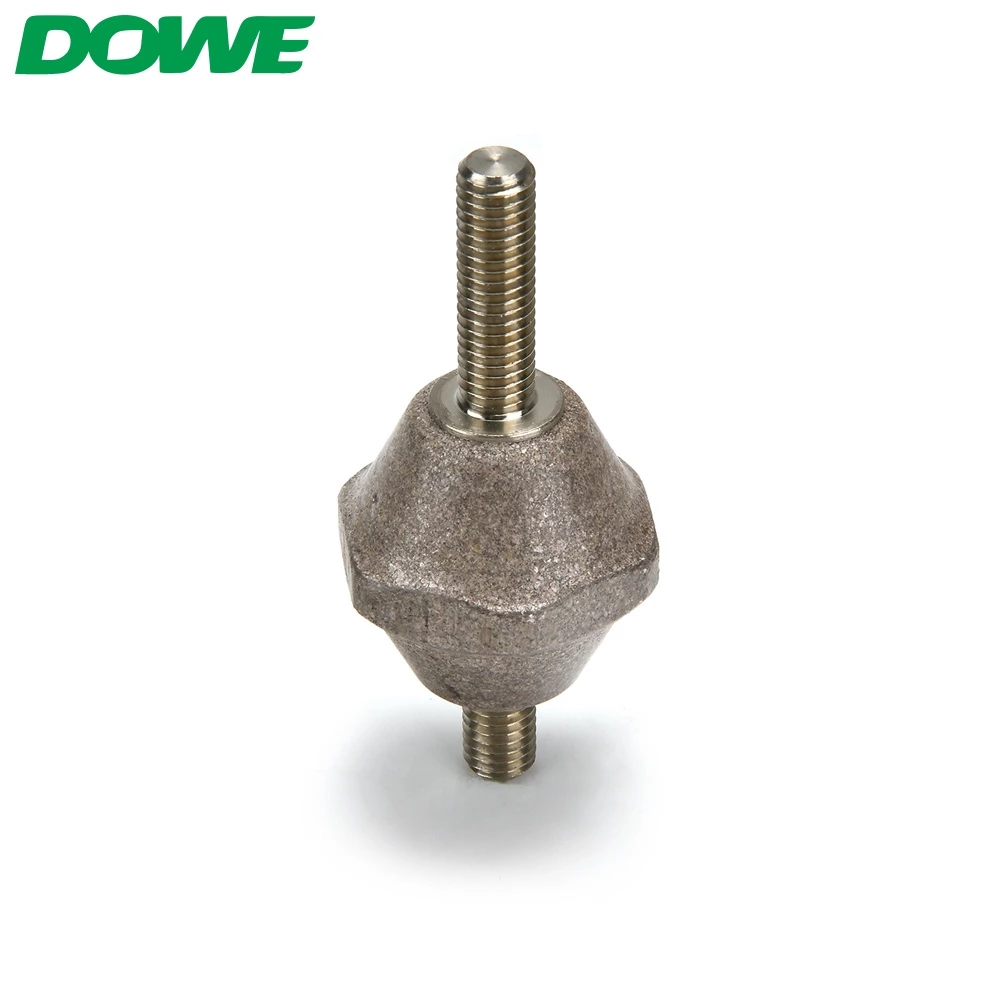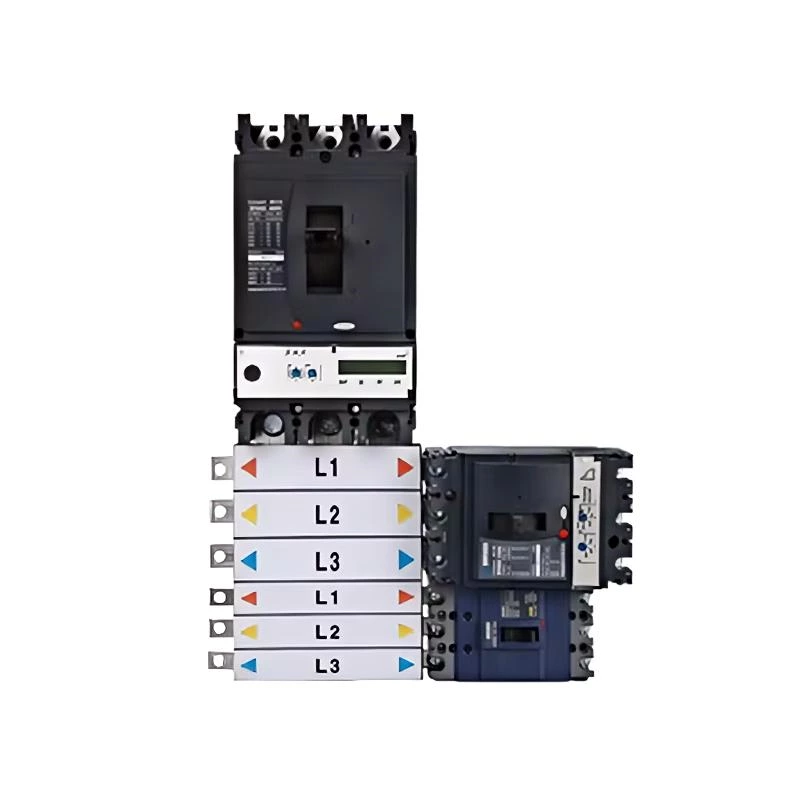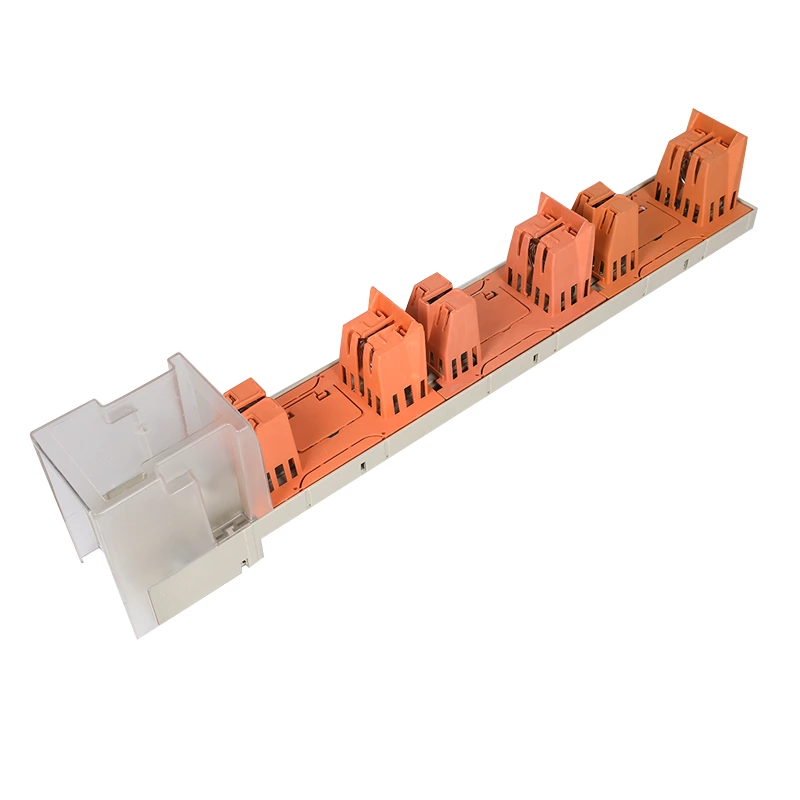Mica Paper
Mica paper is a high-quality insulation material known for its excellent heat and voltage resistance. Produced from white mica, phlogopite, and synthetic mica, it features minimal thermal weight loss and precise thickness. It is used in mica boards, tapes, fire-resistant cables, and various appliances. Key types include MPM1, MPM2, MPM2-1, MPM3-b, MPM3-L1, MPM3-L2, MPP4, and MPS5.
1. Product Overview
Mica paper is a high-quality insulation material that meets international advanced standards. This high-tech, export-oriented product is non-toxic, odorless, heat-resistant, high-voltage resistant, aging-resistant, corrosion-resistant, and offers A-grade insulation strength. Its exceptional heat resistance and reprocessability set it apart from other materials. Mica paper is produced from high-quality white mica, phlogopite, and synthetic mica, which are pulped through chemical or mechanical methods, then processed into continuous rolls. White mica has a thermal weight loss of 0.4% at 700°C, while phlogopite exhibits a 0.3% thermal weight loss at 900°C. Synthetic mica paper not only retains the characteristics of natural mica but also boasts lower production costs and smaller thickness tolerances, making it an ideal alternative to the more expensive natural mica sheets. It is widely used in mica boards, mica tapes, fire-resistant cables, heavy and light industries, and various household appliances, making it one of the most ideal high-temperature insulation materials on the market. Based on the properties of the mica raw materials and manufacturing techniques, mica paper is categorized into MPM1 (501), MPM2 (502), MPM2-1 (502-1), MPM3-b (505), MPM3-L1 (506), MPM3-L2 (507), MPP4 (P506), and MPS5 (S506) types.
2. Product Features
- Uniformity: Consistent in both longitudinal and transverse directions.
- Dielectric Properties: Excellent dielectric performance.
- Tensile Strength: High tensile strength.
- Permeability and Air Permeability: Good permeability and air permeability.
- Heat Resistance: Superior heat resistance.
3. Technical Parameters
| Model | 506-D | |||
| Basis Weight (g/m²) | 80 | 160 | 250 | 350 |
| Permissible Tolerance between Average Value and Standard Value %(≤) | ±3 | ±3 | ±4 | ±4 |
| Permissible Tolerance between Individual Value and Standard Value %(≤) | ±6 | ±7 | ±7 | ±7 |
| Average Thickness (µm) | 55 | 100 | 155 | 210 |
| Penetration Time (S ≤) | 10 | 25 | 60 | 90 |
| Dielectric Strength (kV/mm) (≥) | 20 | 20 | 20 | 20 |
| Tensile Strength (N/cm) (≥) | 3.0 | 7.0 | 7.5 | 8.0 |
| Heating Loss (%) | 0.4 | 0.4 | 0.4 | 0.4 |
| Conductivity of Water Extract (µS/cm ≤) | 9 | 9 | 9 | 9 |
| High-Temperature Resistance (°C ≥) | 600 | |||
